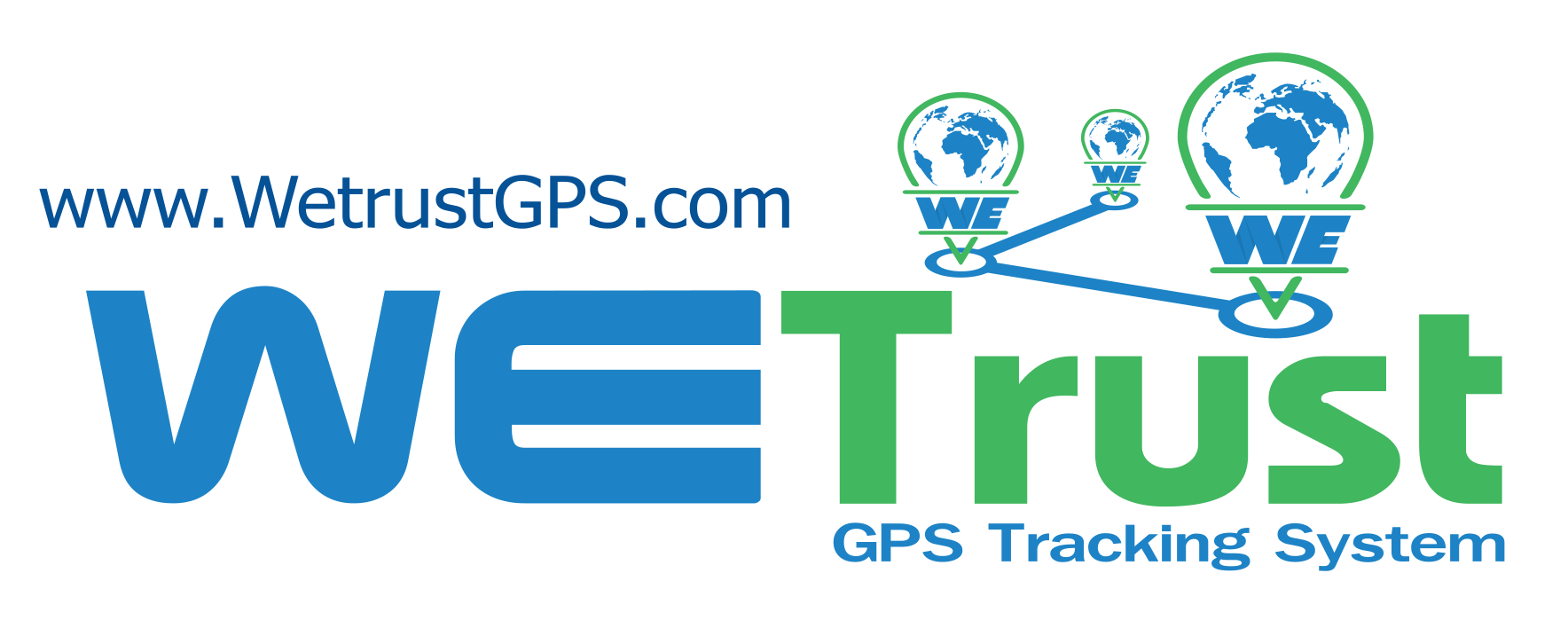Financial statements are governed by regulators and should abide by Generally Accepted Accounting Principles (GAAP) or International Financial Reporting Standards (IFRS). This method is commonly used when a company wants to find the optimal point where production is maximized and costs are minimized. Lean accounting is a method that focuses on the value of each part of the production process and seeks to reduce costs to as little as possible. Closely tied to lean manufacturing, lean accounting places the highest value on what customers perceive as valuable and reduces costs to maximize that philosophy.
Types of Cost Accounting
For example, if an ice cream company orders more dairy this month than last month to produce more ice cream, the supply cost likely increases. In the early nineteenth century, these costs were of little importance to most businesses. Managers must understand fixed costs in order to make decisions about products and pricing.
Activity-based costing
Wages can include salaries, hourly rates, overtime, bonuses and employee benefits. Cost-accounting systems, and the techniques that are used with them, can have a high start-up cost to develop and implement. Training accounting staff and managers in new accounting systems takes time and effort, and mistakes may be made early on. Higher-skilled accountants and auditors are likely to charge more for their services when evaluating a cost-accounting system.
Why You Can Trust Finance Strategists
- We have also looked at the difference between financial accounting and cost accounting while touching upon the skills you need to become a cost accountant.
- Job costing and contract costing are the same in terms of their underlying principles.
- Marginal costing (sometimes called cost-volume-profit analysis) examines the impact on the cost of a product by adding one additional unit into production.
- When she’s away from her laptop, she can be found working out, trying new restaurants, and spending time with her family.
Standard https://fortee.ru/2011/06/27/zavtra/ is a cost accounting method used by managers to determine the difference between the actual cost of production and the standard cost of production. As opposed to fixed costs, variable costs will increase as the level of production increases. In this definition, examples of “operating data” include the cost of products, operations, processes, jobs, quantities of materials consumed, and labor time used. Cost accounting can contribute to preparing required financial statements, an area otherwise reserved for financial accounting. The prices and information developed and studied through cost accounting will likely make it easier to gather information for financial accounting purposes.
What are the equations under the elements of a cost that shows the relationships between costs obtained?
Management circles became increasingly aware of the Theory of Constraints in the 1980s and began to understand that “every production process has a limiting factor” somewhere in the chain of production. The two main types of cost accounting are activity-based costing (ABC) and traditional costing. ABC assigns costs to activities based on their consumption of resources, whereas traditional costing assigns costs directly to products for manufacturing or services for delivery. Standard cost accounting is a traditional method for analyzing business costs.
Basics of Cost Accounting: Product Costing
No matter your industry, cost accounting is essential for your internal team. It will help you record and analyze the costs of products in services so that you can operate smoothly and grow your business. If you don’t have the time or expertise to handle your accounting manually, get the help you need with one of the best accounting platforms. Overheads are costs that relate to ongoing business expenses that are not directly attributed to creating products or services. Office staff, utilities, the maintenance and repair of equipment, supplies, payroll taxes, depreciation of machinery, rent and mortgage payments and sales staff are all considered overhead costs.
New to Finance? Start here.
- Companies that implement cost accounting usually deal with variable and fixed costs.
- Costs are classified and sub-divided to provide management with all the details relating to the expenditures incurred to produce a product or render a service.
- This costing method is more useful for short-term decisions as it focuses on variable costs.
- In this case, activities are those regular actions performed inside a company.[8] “Talking with the customer regarding invoice questions” is an example of activity inside most companies.
- They are compared to actual costs when incurred to ascertain the variances or differences.
Due to inflation, the historical cost of an asset will not necessarily be accurate at a later point in time. Companies that operate under the Generally Accepted Accounting Principles (GAAP) have to use the historical cost principle when showing their records. The principle states that accounting records on a company’s balance sheet should be at original transaction prices and should be maintained to serve as the basis for values in the financial statements.
Examples of Cost Accounting
For example, suppose there is a company that produces both trinkets and widgets. The trinkets are very labor-intensive and require quite a bit of hands-on effort from the production staff. The production of widgets is automated; it mostly consists of putting raw material in a machine and waiting many hours http://www.blogbooster.ru/feed.php?feedid=2025&linkid=3773 for the finished goods. It would not make sense to use machine hours to allocate overhead to both items because the trinkets hardly use any machine hours. Under ABC, the trinkets are assigned more overhead costs related to labor and the widgets are assigned more overhead costs related to machine use.
Lean accounting helps to improve financial management practices within an organization by optimizing production practices. For example, efficient inventory management means only the items needed in the warehouse are kept there. The selling http://artpetersburg.ru/web/design.htm price is known as the salvage value and is subtracted from the total cost of that asset. For example, when a company acquires an asset e.g a truck, the amount paid to buy the truck will only be part of the truck’s overall life cycle cost.
